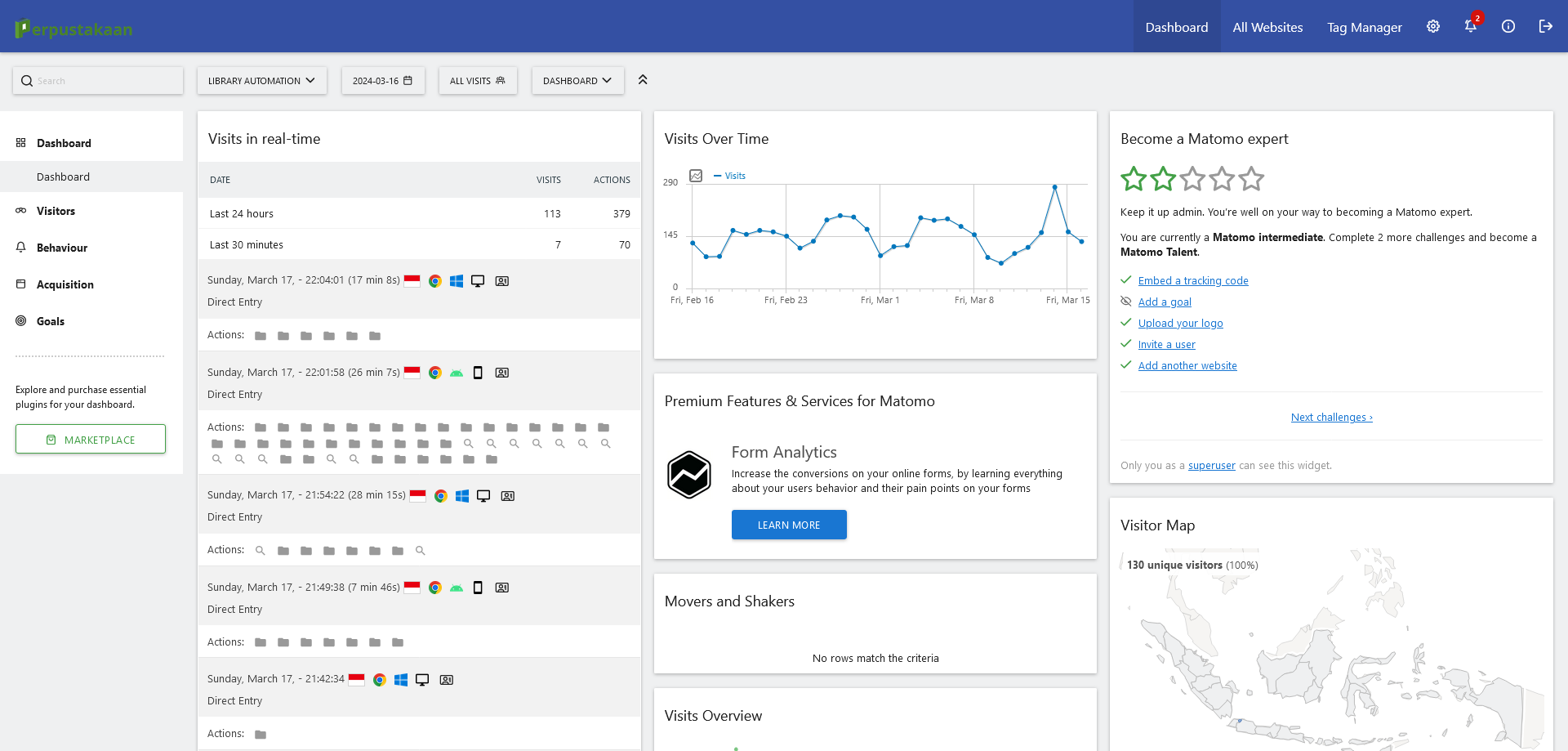Collection Details

World heritage angkor and beyond - circumstances and Im
Brigitta, Hauser-Schäublin - Nama Orang
Angkor, the temple and palace complex of the ancient Khmer capital in Cambodia is one of the world’s most famous monuments. Hundreds of thousands of tourists from all over the globe visit Angkor Park, one of the finest UNESCO World Heritage Sites, every year. Since its UNESCO listing in 1992, the Angkor region has experienced an overwhelming mushrooming of hotels and restaurants; the infrastructure has been hardly able to cope with the rapid growth of mass tourism and its needs. This applies to the access and use of monument sites as well. The authors of this book critically describe and analyse the heritage nomination processes in Cambodia, especially in the case of Angkor and the temple of Preah Vihear on the Cambodian/Thai border. They examine the implications the UNESCO listings have had with regard to the management of Angkor Park and its inhabitants on the one hand, and to the Cambodian/Thai relationships on the other. Furthermore, they address issues of development through tourism that UNESCO has recognised as a welcome side-effect of heritage listings. They raise the question whether development through tourism deepens already existing inequalities rather than contributing to the promotion of the poor.
Angkor, the temple and palace complex of the ancient Khmer capital in Cambodia is one of the world’s most famous monuments. Hundreds of thousands of tourists from all over the globe visit Angkor Park, one of the finest UNESCO World Heritage Sites, every year. Since its UNESCO listing in 1992, the Angkor region has experienced an overwhelming mushrooming of hotels and restaurants; the infrastructure has been hardly able to cope with the rapid growth of mass tourism and its needs. This applies to the access and use of monument sites as well. The authors of this book critically describe and analyse the heritage nomination processes in Cambodia, especially in the case of Angkor and the temple of Preah Vihear on the Cambodian/Thai border. They examine the implications the UNESCO listings have had with regard to the management of Angkor Park and its inhabitants on the one hand, and to the Cambodian/Thai relationships on the other. Furthermore, they address issues of development through tourism that UNESCO has recognised as a welcome side-effect of heritage listings. They raise the question whether development through tourism deepens already existing inequalities rather than contributing to the promotion of the poor.
Additional Information
- Penerbit
- Berlin, Germany : universitätsverlag göttingen (2011)
- GMD ( General Material Designation )
- Electronic Resource
- No. Panggil
-
300BRIw
- ISBN/ISSN9783863950323
- Klasifikasi
- 300
- Deskripsi Fisik
- -
- Bahasa
- English
- Edisi
- -
- Subjek
- Humans
Coronary Angiography - Pernyataan Tanggungjawab
- -
- Info Detail Spesifik
- -
- GMD
- Electronic Resource
- Tipe Isi
- text
- Tipe Media
- computer
- Tipe Pembawa
- online resource




